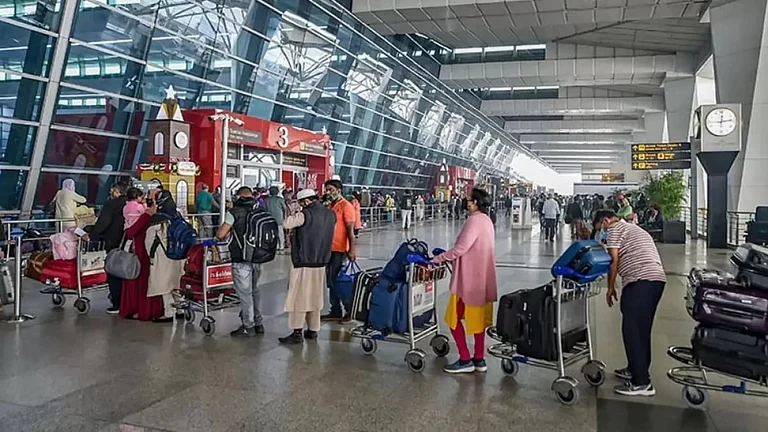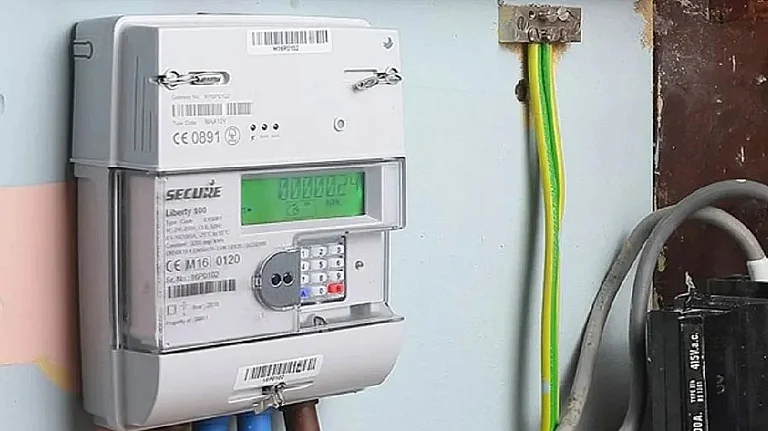An F-16 fighter jet belonging to the Pakistan Air Force was reportedly brought down by an Indian surface-to-air missile in the evening. The incident occurred following an unsuccessful attempt by Pakistan to launch drone and missile strikes targeting Jammu.
According to NDTV, the F-16 had departed from Pakistan’s Sargodha air base, a key installation for the country’s air force. The jet was intercepted and shot down near the same base. The F-16 plays a significant role in Pakistan’s aerial fleet, alongside Chinese and French-made aircraft.
Sargodha, located in Punjab province, is one of Pakistan’s most strategically important and well-defended air force bases.
Can Pakistan Use US F-16s Against India?
Pakistan received US-manufactured F-16 fighter jets in the late 1980s, and the fleet has undergone multiple upgrades over the years. These jets, made by Lockheed Martin, were notably deployed by the Pakistan Air Force following India’s 2019 Balakot air strikes, which came in response to the Pulwama terror attack.
At the time, a PTI report noted that the US was seeking more information on the potential misuse of American-made F-16 fighter jets by Pakistan against India, in violation of the end-user agreement.
The United States has imposed stringent restrictions on Pakistan's use of F-16 fighter jets to ensure they are employed strictly for counterterrorism and counterinsurgency operations. These limitations are part of the Foreign Military Sales (FMS) agreements and are designed to prevent misuse and unauthorized deployment of the aircraft. Although these restrictions are not fully available for public review, some details are known.
As per reports, the Pentagon’s Defense Security and Cooperation Agency (DSCA) stated that the F-16 jets were intended to "strengthen Pakistan's capacity for counter-insurgency and counterterrorism operations."
Documents available to the public show that the US imposed nearly a dozen restrictions on Pakistan's use of the F-16s. In a Congressional hearing on July 20, 2006, John Miller, the Assistant Secretary of State for Political Military Affairs at the time, told lawmakers that the United States had "carefully evaluated" the risks of US technology and equipment potentially being diverted.
While the specifics of the restrictions were discussed in a classified, closed-door session, Miller outlined several key conditions. He mentioned that these restrictions included "over a dozen new and unprecedented elements" in the security plan for Pakistan.
Miller further explained that the security provisions required semi-annual inventories of all F-16 aircraft, equipment, munitions, and related technical data, with more frequent checks for other systems.
Additionally, he noted that access to restricted equipment and areas was governed by a "two-man rule," and that any F-16 flights outside of Pakistan or involvement in joint operations with third countries required prior approval from the US government, according to the transcripts of the hearing.
India-Pakistan Tensions Flare Up
Tensions between India and Pakistan have dramatically escalated, marking the most serious conflict since 1971. Several regions near the international border in Jammu and Kashmir, as well as Rajasthan, are currently experiencing blackouts as part of security measures.
Following a failed attempt to target 15 Indian cities, Pakistan launched a significant attack on Jammu and Kashmir, including military installations. Heavy shelling is reported along border areas such as RS Pura, Arnia, Samba, and Hiranagar, while airstrikes have hit Jammu, the winter capital of the region. In Rajasthan’s Jaisalmer, Pakistani drones have been intercepted. Explosions and flashes are visible in the sky.
Around 9 pm, loud explosions were heard in Jammu, followed by the sound of sirens and a widespread blackout. Cellphone footage from locals showed lights streaking across the sky, suggesting that the Indian armed forces’ Air Defence System had intercepted missiles and drones.
































